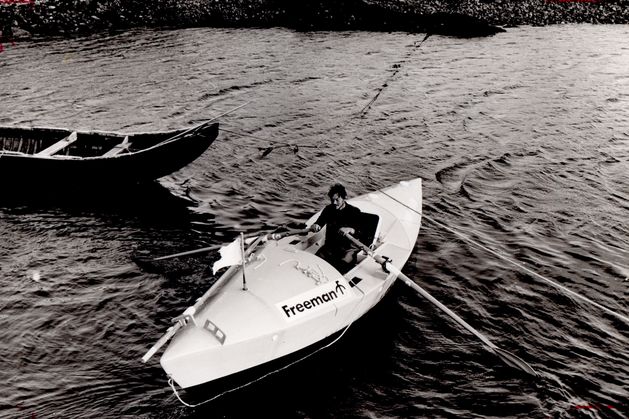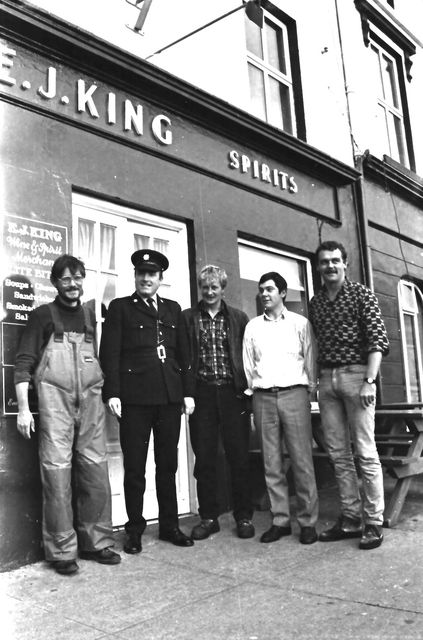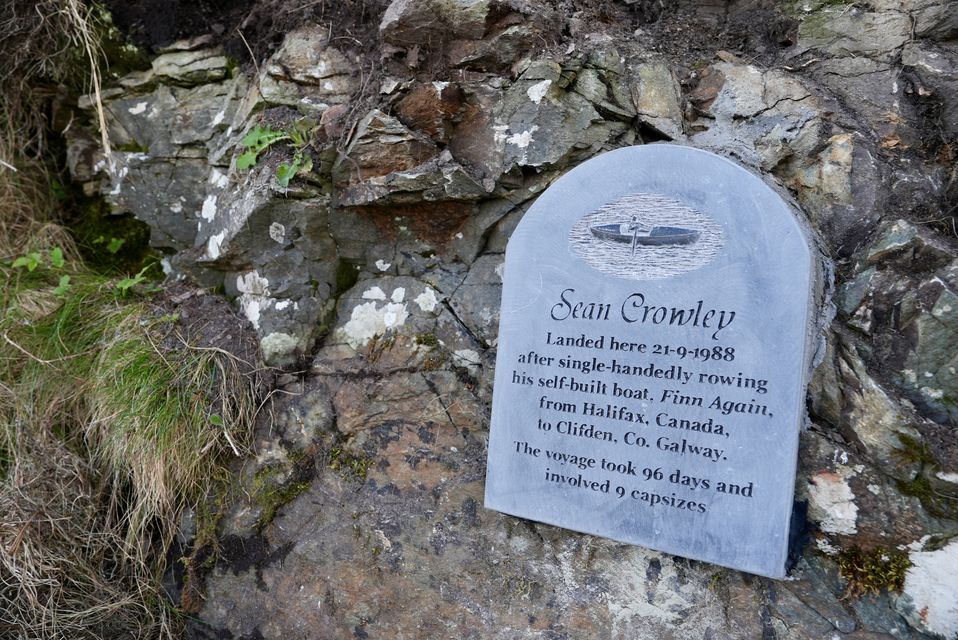Little did he know then that it would not be the relentless September gales that would take him, but a hit-and-run incident many years later.
Mr Crowley had survived cancer and had undertaken two Atlantic crossings when a driver struck him in Sheffield on August 22, 2021, and fled the scene. The rower died from his injuries a month later at the age of 58.
Motorist Mohammed Abdullah was jailed for six years and three months in 2023, after pleading guilty to causing Mr Crowley’s death by dangerous driving.
In a statement to the court at the time, Mr Crowley’s sister said: “In his life he had done some amazing things, like coming through the loss of our mother at age 11, surviving cancer at 21 and, perhaps most amazingly, rowing across the Atlantic single-handedly in a boat he built himself.”
This Saturday, Mr Crowley’s achievements will be remembered when a plaque dedicated to him is unveiled in Mannin Bay in Connemara by members of the Clifden community. His voyage ended at Mannin in September 1988, after it began in Halifax, Nova Scotia in June.
His parents were from Naas, Co Kildare, and moved to England. Mr Crowley based himself in Croydon.
Sean Crowley (left) after his epic Atlantic row in 1988 from Halifax to Mannin Bay, Connemara, in Clifden with Garda Tom Connelly (in uniform), Garda Tom Naughton, publican and businessman Terry Sweeney and fisherman Malachy Glynn. Photo: Peter Vine
Aged 25, he was the youngest person to row across the Atlantic, and he was also the second person, after Don Allum, to row the Atlantic both ways.
Among those present at the Mannin ceremony will be Mike Nestor, who rowed with him across the southern Atlantic route in 1986, two years before Crowley’s solo row. Fianna Fáil councillor Gerry King, who will unveil the plaque, was on the pier when Crowley took his first tentative steps ashore on September 21, 1988, after his 96-day crossing.
Crowley had come through Hodgkin’s disease when he undertook his voyage from the Canaries to South America with Nestor in a boat they called Finnegans Wake. His craft for the 1988 solo attempt was named Finn Again.
Crowley made some serious alterations to it at sea when he discovered it wouldn’t self-right after many capsizes. He had no GPS and none of the communications that a voyage now would have – but did have a transistor that picked up the BBC World Service. Alongside his food and water supplies, he had Earl Grey tea and a copy of Proust’s Remembrance of Things Past: Volume Two.
He set out from Halifax on June 17 after some delays, bitterly regretting that decision when hit by September’s gales. By day 60, he had realised he couldn’t afford to sleep at all during bad weather. But there were also some good moments.
The plaque in Clifden for rower Sean Crowley. Photo: Barry Ryan
He wrote in his log: “After dinner some whales swim under the boat. They are outlined by phosphorescence and leave a trail of sparkling plankton in their wake. I can hear them breathing around the boat and their mournful whistling to one another faintly coming from under the boat as the wind increases.”
He expressed guilt about how his relatives must be worrying about him, but at one point he had a premonition of good weather and felt that his mother – who died of cancer – was very close.
After he caught the beam of Connemara’s Slyne Head Lighthouse, he knew he was close to the Irish coast, and was escorted in by local fisherman Malachy Glynn and Garda Tom Naughton.
After a pint in Terry Sweeney’s pub in Clifden, he was taken home by scientist, author and film producer Peter Vine and wife Paula for a hot meal and shower. He appeared on RTÉ’s Late Late Show, and gave permission for Mr Vine to use his logs for a documentary, which he is now making with Barry Ryan.
Mr Vine is also arranging for his library of ocean adventure books to be curated by Atlantic Technological University in Letterfrack. The plaque unveiling takes place at Curhownagh pier, Errislannan, Co Galway, this Saturday at 2pm.
#Sean #Crowley #hitandrun #victim #rowed #Atlantic #boat #built #honoured #plaque









